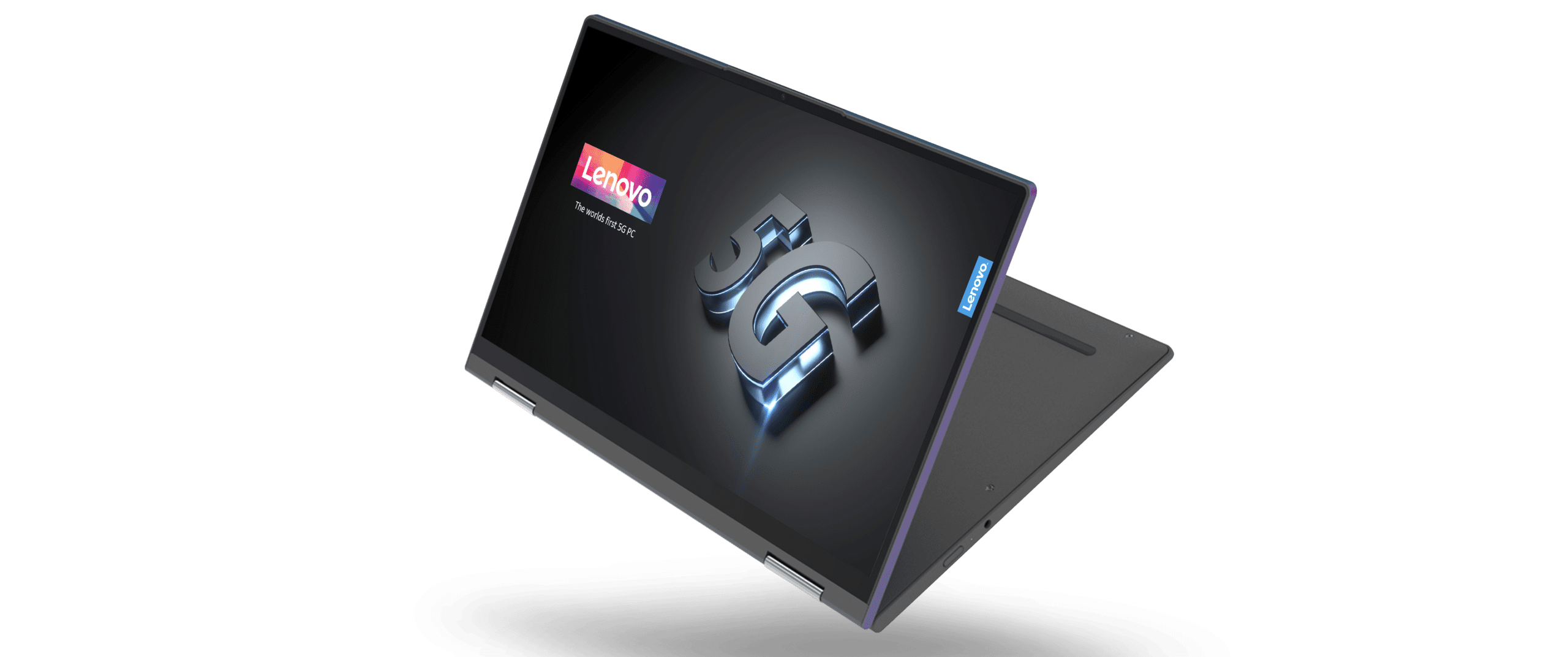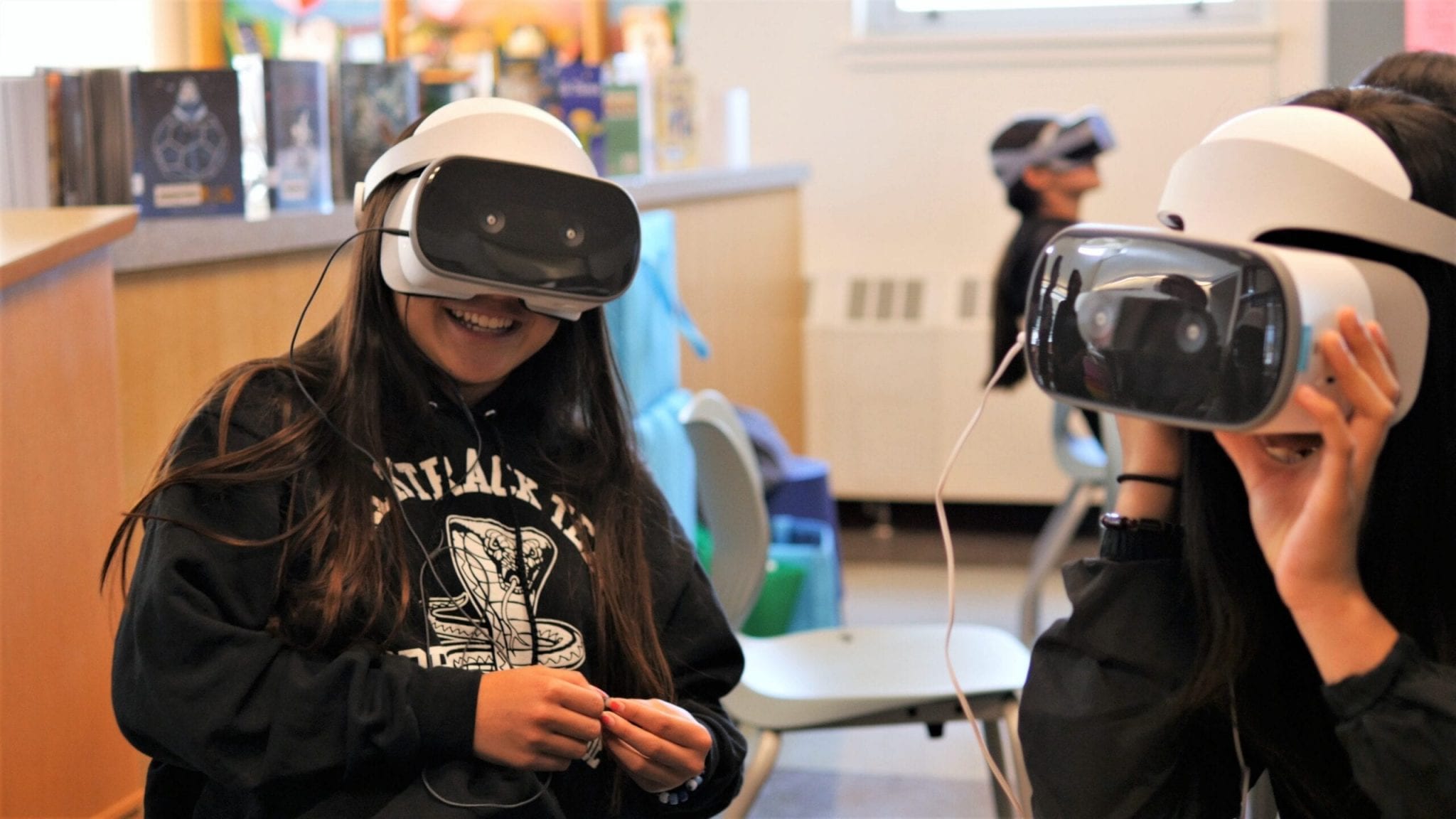With speeds of up to 10 gigabits per second, 5G is set to be as much as 100 times faster than 4G. It’s nearly impossible to outline all the changes we’ll see as a result of 5G technology and most seem straight out of science fiction but it’s safe to say that entire industries will be disrupted and new ones will be launched. Businesses will continue to roll out the next phase of 5G which will include private networks designed for manufacturing sites – to enable better employee productivity, machine efficiency and an increase in profitability.
In the future, we can expect doctors to operate on patients miles away by controlling robotic devices and you might even be able to holoproject into your next meeting. While devices will begin to roll out rapidly, consumers won’t experience the full realization of this technology for a while until 5G networks, carriers and infrastructure are more commonplace.

We’ll continue to see always-connected laptops with greatly enhanced battery life that support voice and/or pen interfaces and accommodate traditional input and output modes. PCs will continue to deliver more robust support for productivity and collaboration applications that demand more resources than smaller-footprint alternatives can deliver – bringing a more powerful tool to edge-resident users.
With foldable devices at the forefront of tech trendsetters’ purchasing decisions, laptop productivity will collide with smartphone portability in 2020. Foldable displays will bring bigger screens and greater variety of form factors than ever before. To that end, business leaders will continue to provide smarter technology, such as foldable displays, that enable seamless work/life integration or be left behind in a rapidly involving ecosystem.
As workers travel more, work remotely more and companies become increasingly global, employees will seek technology that enables fast, efficient and easy experiences that don’t feel like a burden both in the way they work and how they look.
Experience matters most – technology can be invisible if the experience is good. In 2020, as hype and anxiety subside, we’ll notice that artificial intelligence (AI) is no longer the latest technology megatrend but an enabler working behind the scenes to provide solutions that improve lives, workplace processes and services.
For example, IDC predicts that by 2024, more than 60 percent of luxury hotels worldwide will have deployed a customer-facing smart assistant that leverages AI to drive a better customer experience. While AI is here to stay, it does carry unintended and undesirable biases given it’s created by humans.
Due to this, in 2020 and beyond, we’ll see an increased focus on governance with organizations establishing departments that will be tasked with deploying AI responsibly so that society does indeed benefit from it. Instead of companies using AI as a marketing buzzword, we’ll see those that really seek to understand how to deploy and benefit from it on a societal scale.
With the permeation of sensors and connectivity being embedded into nearly everything we use, from smart light bulbs, door bells to cars, a reality has been created where privacy is taking center stage.
Not surprisingly, while consumers have embraced these connected and smart devices as they improve our daily lives, a 2019 study by World Economic Forum found 57 percent of consumers were uncomfortable with how companies use their data. With nearly everything being connected, there are both security and privacy risks that consumers are starting to be more aware of.
In 2020, we will see a growing number of consumers take a stand on their personal data by responding positively to brands, products and features that protect their right to privacy. Technology companies will continue to be, rightfully, pressured by consumers to properly equip their software and devices to ensure their information is private and protected.
At the same time, brands will have to become much more transparent on what data they collect and how it is used and not just in markets where the General Data Protection Regulation (GDPR) rules.
In 2020, the partnership between human workers and machine capabilities will continue to grow, enabling us to optimize workflows, save time and communicate more effectively. Emerging technologies are helping people prepare for, find and engage with work in ways that have never been seen before.
More enterprise-based conference calls will utilize AI to drive a more productive experience – from instant connectivity to live transcriptions and translations. Discovering new ways to collaborate and new ways of connecting across the workforce will be a part of the fabric of business activity, rather than a means of enabling connections between discrete tasks.
As the shift to remote work accelerates, organizations will continue to adjust their approach to security. Increasingly work is being done from locations outside of the traditional office, with an emphasis placed on hiring the best talent and allowing the flexibility for where and how they work.
Strong security begins with proper hygiene, which means having the tools in place that allow for the visibility into devices, regardless of location and the ability to take actions on those devices. Along those same lines, ensuring that proper privilege and credential management is in place is and will continue to be critical.
The use of a context-based AI endpoint security solution will be fundamental. The ability to predict, prevent, detect and respond to malicious activity at the endpoint will be vital to helping lock-down that endpoint and to be able to remediate in the event of a breach.

As the lines demarcation between security products start disappearing, users will demand solutions that leave no exploitable gaps in coverage and businesses will be dependent on increasingly interconnected systems. The volumes and value of data contained in these systems will continue to grow, which will intensify the potential damage associated with a breach.
While the cloud is replacing conventional data centers at the core of the network, an entirely new technology tier, the edge, will emerge as a complementary source of IT infrastructure, supporting many innovative technologies that promise to extend the use and impact of technology into entirely new domains.
The transition to edge computing has been driven by higher compute that can process more complex workloads including machine learning and AI. With over 20 billion things projected to be connected to the Internet by 2020, more businesses will move data analytics and AI-powered apps from the cloud to edge computing to reduce latency, lighten core server loads and improve business operations.
Consumer expectations are rising when it comes to better healthcare options. The combination of metrics captured by wearables and connected at-home monitoring equipment and virtual connections to caregivers and physicians will begin to transform more patients’ experiences and produce better outcomes. Maintaining wellness and treating chronic disease require consistent and regular care, and smarter technology is a big part of the solution.
The growing network of mobile medical Internet of Things (IoT) devices and services provide the daily monitoring, analysis, and treatment necessary to build healthier societies through personalized and efficient care. Markets are responding to this rapidly growing demand and supply. In early 2019 the Centers for Medicare and Medicaid Services in the U.S. adjusted its regulations for remote patient monitoring, giving healthcare providers more flexibility in using virtual healthcare solutions.
More school field trips, sightseeing, and cultural exchanges enrich the learning experience of our future generations. In education, augmented and virtual reality (AR/VR) provides an immersive experience for both educators and students alike that positively impacts understanding and retention. Gartner predicts that 60 percent of all higher education institutions in the U.S. will be using VR in the classroom by 2021.
Students will be able to learn geography by traveling the globe, conduct virtual science experiments and explore historical sites that would be otherwise inaccessible for many – thus also leveling the playing field for different students.

Immersive experiences are the ultimate tool and educators will be able to use data to analyze each student’s progress which can lead to personalized curriculums that cater to specific needs and learning type.
In 2020, consumer appetite for cloud gaming will explode with the desire to play games on-demand from virtually anywhere. Consumers will want to be able to not only play on their smartphones and tablets but also on their ultra-portable laptops, especially when away from their home console or high-end gaming PC.
As cloud gaming becomes more popular among professional gamers and amateurs alike, consumers will look to technology companies to produce hardware that offers high performance without the high price.
